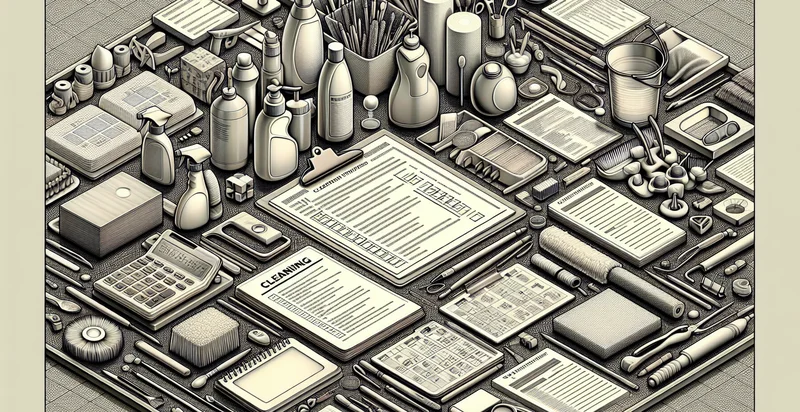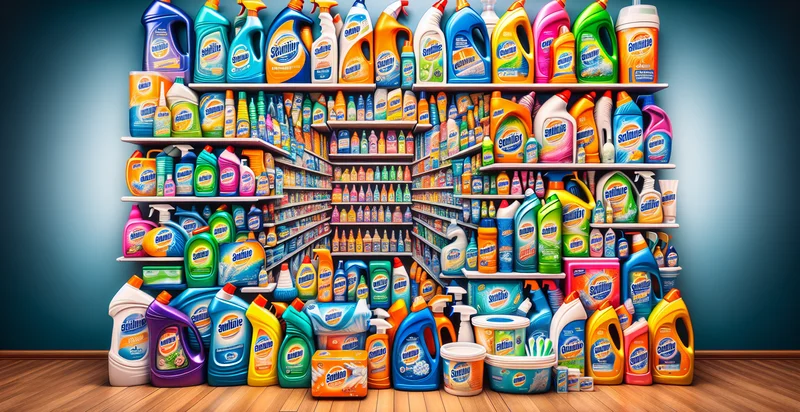Identify if cleaning instructions logged
using AI
Below is a free classifier to identify if cleaning instructions logged. Just input your text, and our AI will predict if cleaning instructions are logged - in just seconds.

Contact us for API access
Or, use Nyckel to build highly-accurate custom classifiers in just minutes. No PhD required.
Get started
import nyckel
credentials = nyckel.Credentials("YOUR_CLIENT_ID", "YOUR_CLIENT_SECRET")
nyckel.invoke("if-cleaning-instructions-logged", "your_text_here", credentials)
fetch('https://www.nyckel.com/v1/functions/if-cleaning-instructions-logged/invoke', {
method: 'POST',
headers: {
'Authorization': 'Bearer ' + 'YOUR_BEARER_TOKEN',
'Content-Type': 'application/json',
},
body: JSON.stringify(
{"data": "your_text_here"}
)
})
.then(response => response.json())
.then(data => console.log(data));
curl -X POST \
-H "Content-Type: application/json" \
-H "Authorization: Bearer YOUR_BEARER_TOKEN" \
-d '{"data": "your_text_here"}' \
https://www.nyckel.com/v1/functions/if-cleaning-instructions-logged/invoke
How this classifier works
To start, input the text that you'd like analyzed. Our AI tool will then predict if cleaning instructions are logged.
This pretrained text model uses a Nyckel-created dataset and has 2 labels, including Cleaning Instructions Logged and Cleaning Instructions Not Logged.
We'll also show a confidence score (the higher the number, the more confident the AI model is around if cleaning instructions are logged).
Whether you're just curious or building if cleaning instructions logged detection into your application, we hope our classifier proves helpful.
Related Classifiers
Need to identify if cleaning instructions logged at scale?
Get API or Zapier access to this classifier for free. It's perfect for:
- Automated Maintenance Scheduling: This use case involves automatically scheduling maintenance for equipment based on the logged cleaning instructions. By analyzing the cleaning data, organizations can ensure timely upkeep, minimizing downtime and extending the lifespan of their assets.
- Compliance Monitoring: Companies in regulated industries can utilize the identifier to verify compliance with hygiene and safety standards. By automatically tracking cleaning instructions, organizations can generate compliance reports that ensure adherence to legal and industry regulations.
- Quality Control in Manufacturing: In manufacturing settings, the function used to identify logged cleaning instructions can enhance quality control. The system can flag instances where cleaning protocols were not followed, leading to corrective actions that maintain product integrity and quality.
- Inventory Optimization: By analyzing cleaning frequency data linked to logged instructions, businesses can optimize their inventory of cleaning supplies. This use case enables organizations to manage stock levels more efficiently, reducing waste and ensuring the availability of necessary materials.
- Training and Onboarding: This function can support training programs by evaluating whether new hires understand and follow cleaning protocols. Identifying logged cleaning instructions helps in creating targeted training materials, ensuring that employees are equipped with the correct knowledge to maintain cleanliness standards.
- Customer Satisfaction Tracking: In the hospitality industry, tracking cleaning instructions can serve as a metric for customer satisfaction. The system can flag rooms or facilities not cleaned according to logged protocols, allowing management to address guest concerns proactively and enhance the overall guest experience.
- Predictive Analytics for Cleaning Needs: By analyzing historical cleaning data, businesses can implement predictive analytics to foresee cleaning requirements. This proactive approach ensures that cleaning schedules align with usage patterns, thereby improving efficiency and maintaining optimal cleanliness levels.


